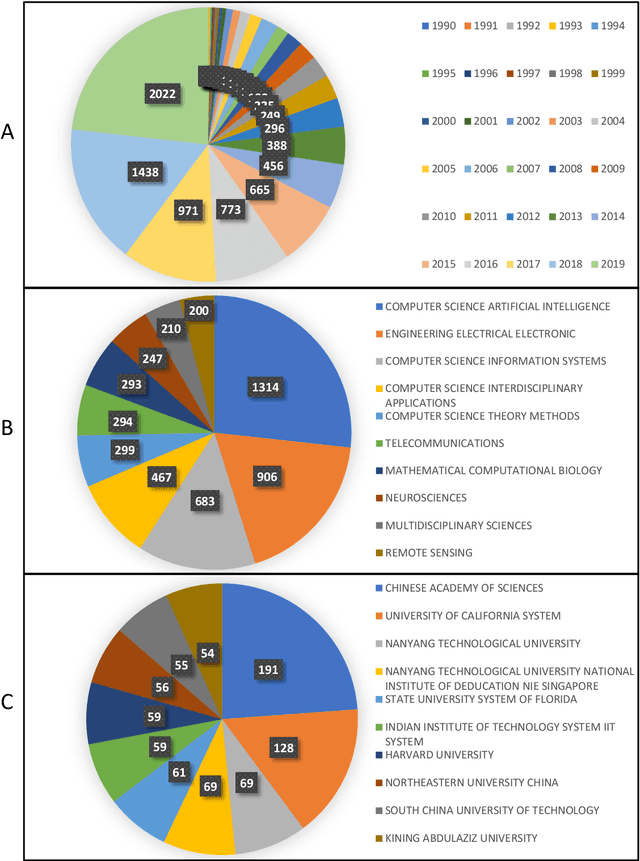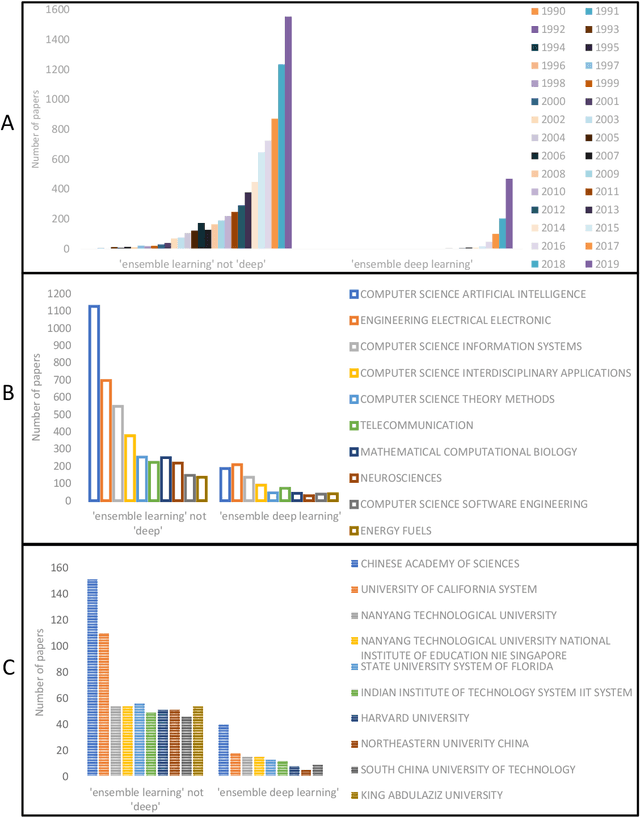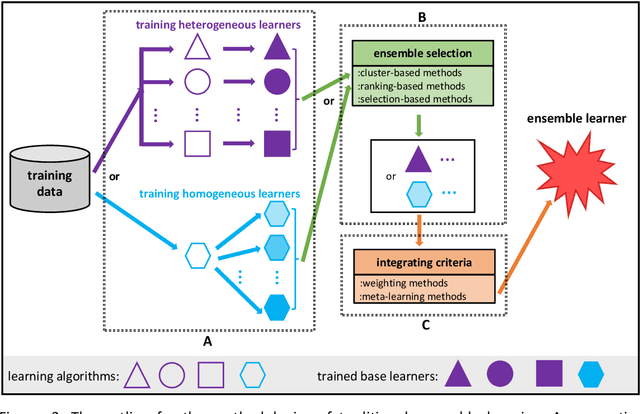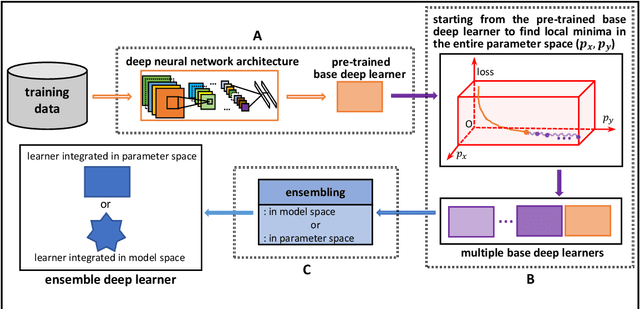Discussion of Ensemble Learning under the Era of Deep Learning
Paper and Code
Jan 21, 2021



Due to the dominant position of deep learning (mostly deep neural networks) in various artificial intelligence applications, recently, ensemble learning based on deep neural networks (ensemble deep learning) has shown significant performances in improving the generalization of learning system. However, since modern deep neural networks usually have millions to billions of parameters, the time and space overheads for training multiple base deep learners and testing with the ensemble deep learner are far greater than that of traditional ensemble learning. Though several algorithms of fast ensemble deep learning have been proposed to promote the deployment of ensemble deep learning in some applications, further advances still need to be made for many applications in specific fields, where the developing time and computing resources are usually restricted or the data to be processed is of large dimensionality. An urgent problem needs to be solved is how to take the significant advantages of ensemble deep learning while reduce the required time and space overheads so that many more applications in specific fields can benefit from it. For the alleviation of this problem, it is necessary to know about how ensemble learning has developed under the era of deep learning. Thus, in this article, we present discussion focusing on data analyses of published works, the methodology and unattainability of traditional ensemble learning, and recent developments of ensemble deep learning. We hope this article will be helpful to realize the technical challenges faced by future developments of ensemble learning under the era of deep learning.
 Add to Chrome
Add to Chrome Add to Firefox
Add to Firefox Add to Edge
Add to Edge